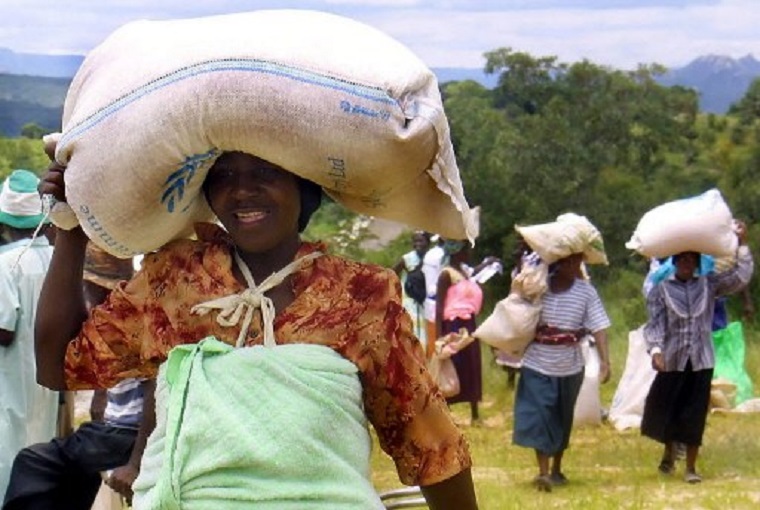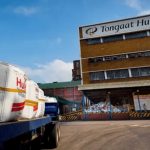 Since Zimbabwe’s land reform of 2000 – when around 8 million hectares of formerly large-scale commercial farmland was distributed to about 175 000 households – debates about the consequences for food security have raged.
Since Zimbabwe’s land reform of 2000 – when around 8 million hectares of formerly large-scale commercial farmland was distributed to about 175 000 households – debates about the consequences for food security have raged.
A standard narrative has been that Zimbabwe has turned from “food basket” to “basket case”. This year, following the devastating El Niño drought combined with Cyclone Idai, some 5.5 million people are estimated to be at risk of hunger, with international agencies issuing crisis and emergency alerts.
It is unquestionable that this season was disastrous – only 776 635 tonnes of maize was produced, more than a third below the five-year average. Nevertheless, the story of food insecurity is more complex than the headline figures suggest.
It’s true that Zimbabwe’s food economy has been transformed over the past 19 years. Aggregate production of maize has certainly declined, and imports have become more frequent.
But Zimbabwe suffered food shortages, often precipiated by El Niño events, before land reform. These too led to the need for more imports. And surpluses have also been produced since land reform. For example, in 2017, there was a bumper crop. Some of it was stored and has been used to keep people going.
Getting behind the headline figures and understanding an increasingly complex food economy is essential. Our on-going research shows just how complicated the picture is.
Since land reform, we have been tracking livelihood change in resettlement areas in a number of sites across the country. Our research is exploring how people have fared since getting land, asking who is doing well and not so well, and why. Some of our key findings include:
- Crop production is higher in the land reform areas compared to the communal lands. Larger land areas allows new settlers to produce, invest and accumulate.
- There are substantial hidden flows of food between land reform areas and poor rural and urban areas, as successful resettlement farmers provide food for relatives, or sell food informally.
- There is a significant growth of small-scale, farmer-led irrigation in resettlement areas. This is often not recognised, as production occurs on disparate small plots, frequently farmed by younger people without independent homes.
- Trade in food across regions and borders, facilitated by networks of traders, often women, is significant, but unrecorded.
- Market networks following land reform are complex and informal, linking producers to traders and small urban centres in new ways. Outside formal channels, the volume and flows of food through the system is difficult to trace.
Continued next page
(281 VIEWS)


